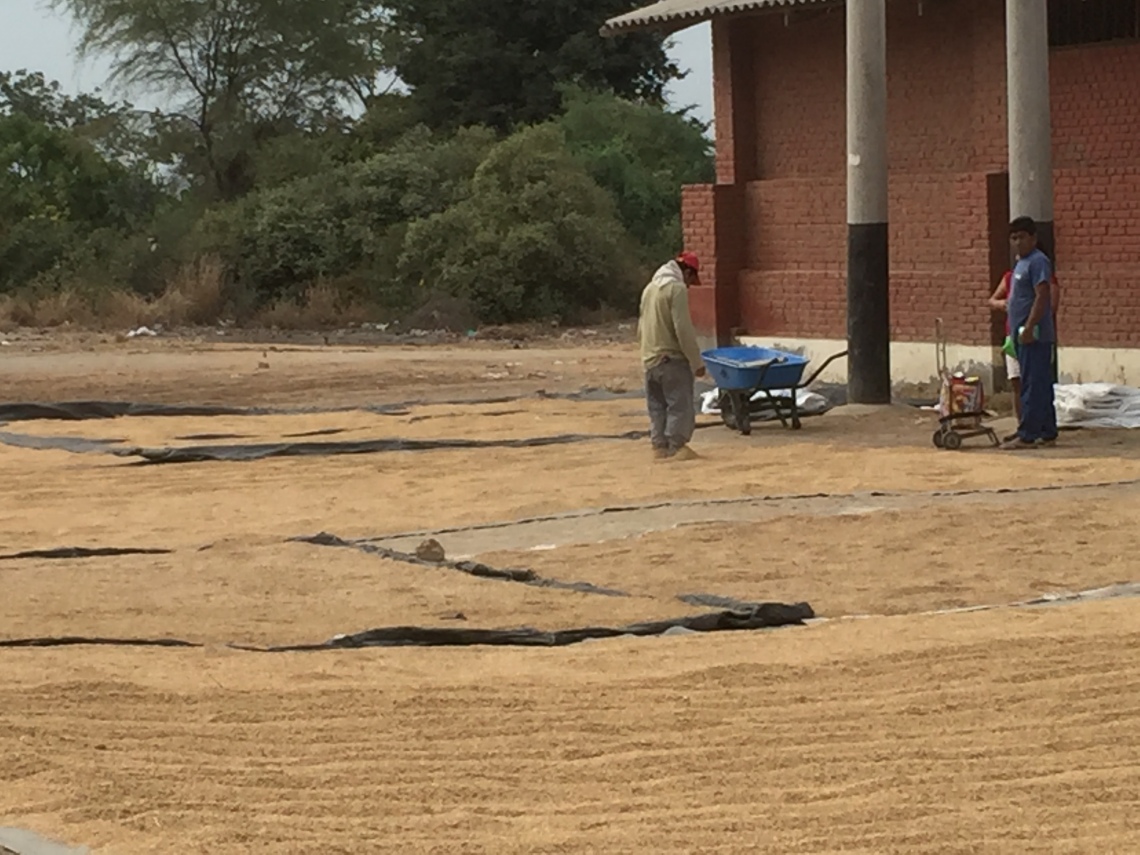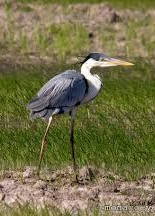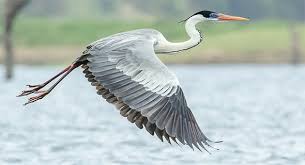I never gave rice much thought. I ate it occassionally with a curry, stir fry or gumbo. When I was a kid we would add butter and sugar. As an adult, I ate more wild or brown rice than the standard refined white. And then, of course, there is the rice in sushi. Regardless of the variety, I had always bought it at a grocery store; a long ways from the field in which it was grown.

Each month, Doug and I travel to Piura for check ups with our doctors. We pass by kilometer after kilometer of rice fields along the way. And, because of the frequency of our trips, we see the crop in its various stages from seed to harvest. In industrial countries with large scale farms, the process is highly mechanized. Here in Peru, much of it is done by hand.

We’ve seen seed beds planted and seedlings sprout into a lush green carpet. In about a month, the seedlings are bundled together and taken to the fields. And we’ve watched as workers plant each seedling one by one in straight rows.


We’ve seen workers scatter fertilizer and weed controlling herbicides. And we’ve watched the fields being drained after about 3 months when the plants are around three feet tall.


We’ve seen large plastic sheets covered with a layer of rice laid out on the ground outside the mill along the side of the highway just shy of the shoulder. There is a lot of dust and gravel kicked up by vehicles on this highway….it is the PanAmerican Highway after all. And in true old school fashion, workers will shuffle through the rice as it drying to turn it over.

When I stop to think about it, there is a lot of work that goes in to the production of rice. I can buy a kilo (2.2 lbs) of good quality rice in the market for less than a dollar. It boggles my mind to think of the costs incurred just in labor alone. Labor is, for the most part, cheap here. But, I can’t help but think the workers are earning a pittance for back-breaking and tedious labor out in the relentless sun of the region.
 That all said, the biggest pleasure for me in watching this process is watching the birds. There are hundreds of small birds which are hard to distinguish as we are traveling down the highway. Egrets are common and are allowed to wander and feed throughout the fields at times. Other times, plastic bags are tied to posts to serve as scarecrows.
That all said, the biggest pleasure for me in watching this process is watching the birds. There are hundreds of small birds which are hard to distinguish as we are traveling down the highway. Egrets are common and are allowed to wander and feed throughout the fields at times. Other times, plastic bags are tied to posts to serve as scarecrows.

Crested Caracara Eagles are common as well. We’ll see them sitting atop poles or high in the trees surveying the fields.

The most unusual bird we’ve spotted is a Cocoi Heron. They are more common in Amazonia than along the coastal region. This bird is huge at 4 feet! There was no mistaking him because of his size, but also his blue-grey color and black cap.


Thank you for the information and the great photos.
How many crops a year do they get?
It is also very humbling to see the hours of work required for such a small return.
They harvest at least three, possibly four, crops a year.